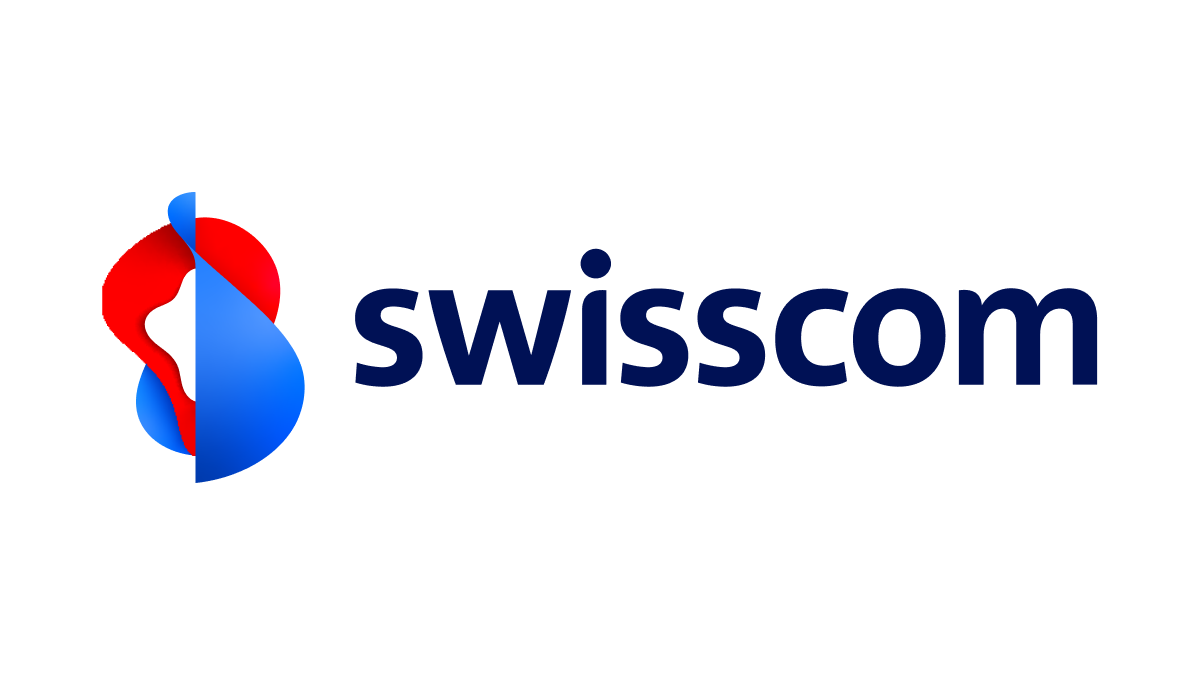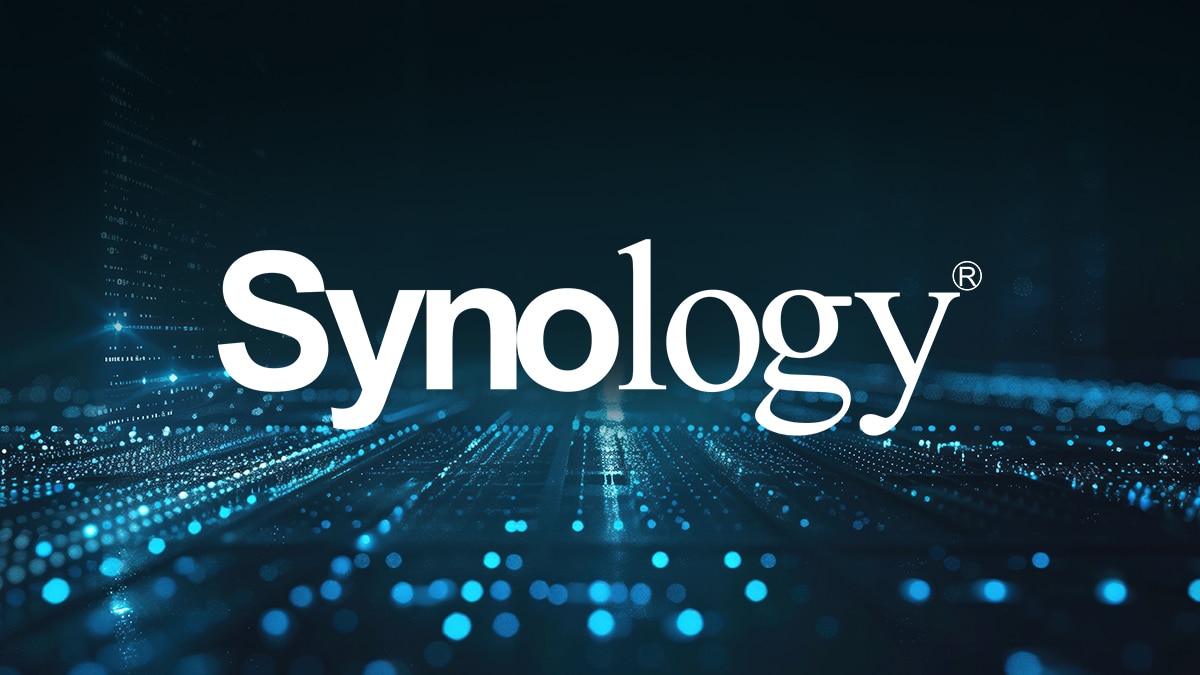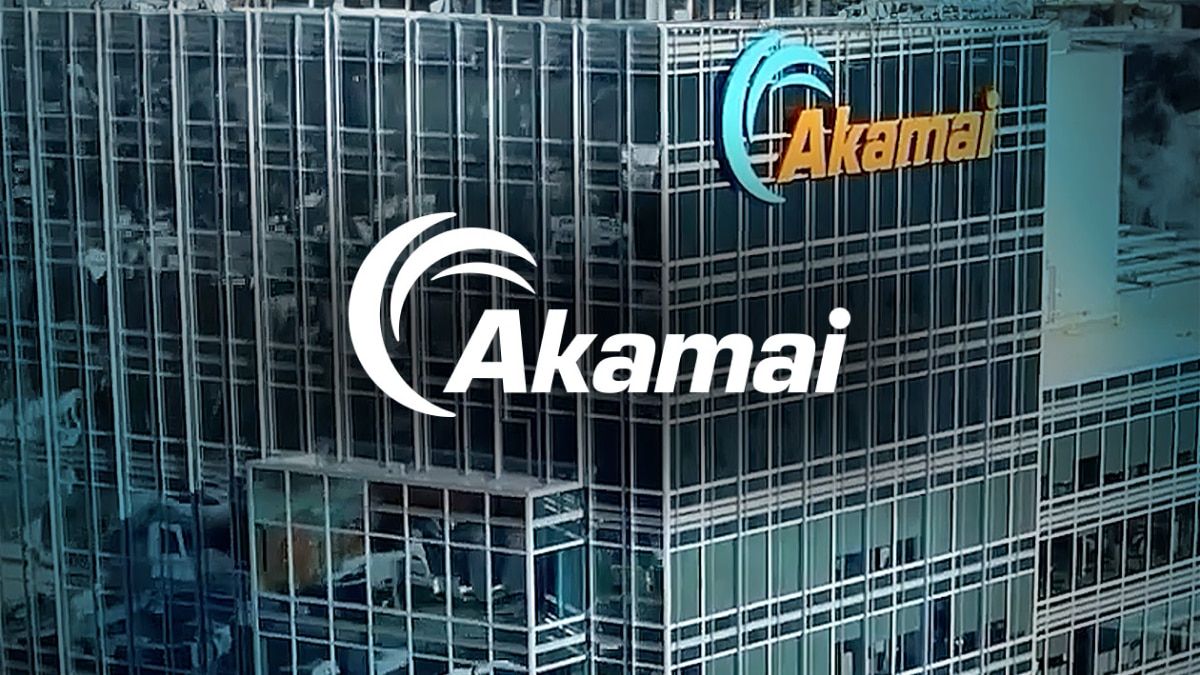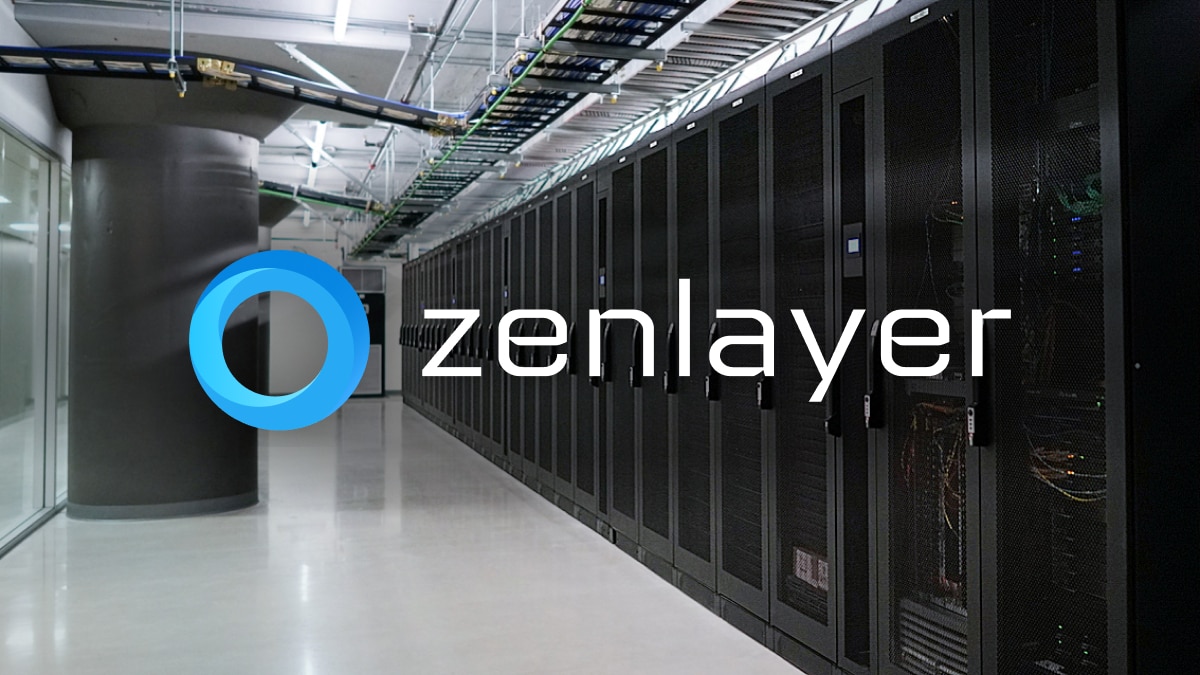Swisscom enhances Telecom Cloud performance with AMD CPUs
AMD, in collaboration with Ericsson, enabled Swisscom to deploy third-party workloads on Ericsson’s full stack
Telecoms businesses have very specific computing needs, but that doesn’t mean the infrastructure can’t be harnessed for additional commercial opportunities. The leading ICT company in Switzerland, Swisscom has been deploying Ericsson’s full stack (Ericsson application and cloud infrastructure). The performance provided by Dell PowerEdge servers powered by AMD EPYC™ processors—combined with the capabilities of the Ericsson full stack— was a key innovation enabling Swisscom to deliver more general-purpose workloads for its customers.
“We provide multiple services for B2C and B2B,” says Peter Messer, Head of Telco Cloud Infrastructure, Swisscom. “We don’t just do telecommunications; we are also number one in IT outsourcing. Swisscom’s Telco Cloud Infrastructure (TCI) provides cloud platforms for telecommunication connectivity. On the TCI platform we run mobile voice and mobile packet core, mainly with Ericsson applications. We have 4,500 servers running the gateway systems with different OpenStack and Kubernetes flavors.”
“In TCI, maintaining a highly stable environment is essential,” says Rainer Meier, System Architect Telco Cloud Infrastructure, Swisscom. “In Switzerland, we have a very high demand for reliable services. We are running the Ericsson-validated full stack, which is mainly the Ericsson Network Functions Virtualization Infrastructure (NFVI) and Ericsson Cloud Native Infrastructure (CNIS). This means it's fully tested and approved by Ericsson. We aim to be as close as possible to the Ericsson recommendations, to optimize hardware and software stability against failure, defects, and outages.”

Running third-party workloads on Ericsson’s stack
“We learned about AMD EPYC CPUs because of running Ericsson’s full stack,” says Meier. “Ericsson told us they had validated Dell 16th generation servers with AMD EPYC CPUs, making them an option for us. Otherwise, it would be difficult to go for a platform that was not validated on the Ericsson stack. Ericsson does the hardware validation in its labs, then provides a couple of standard validated configurations. We compared energy consumption and performance for the price but asked for a couple of changes. We went with hardware that was not exactly what Ericsson validated, but they agreed that we can use this in our environment.”
Choosing AMD processors with a different specification supported Swisscom’s wider business aims. “We are not just running Ericsson workloads on our platforms,” says Messer. “We are building a new platform based on AMD for our software-defined WAN (SD-WAN) solution.” Uniquely, Swisscom is using Ericsson CNIS and Dell PowerEdge servers powered by AMD EPYC CPUs as a cloud to run non-Ericsson workloads.
“We are one of the Ericsson customers worldwide who are also using the Ericsson infrastructure for third parties,” says Meier. “We use it as a general virtualization and containerization platform.” This is part of a growing trend towards the disaggregation of the Telco stack. “For this reason, it was important that the new platform not only suits the Ericsson workload but is also able to run third-party software efficiently. We do not tailor the hardware ratio between CPU cores and memory for the Ericsson workload only. We need a ratio that also fits third-party software requirements.”

More vCPUs per server with AMD EPYC processors
“We provide a flavor catalog on OpenStack,” says Meier. “That defines the sizing choice of the VMs, which applies to Ericsson as well as third parties. Typically, we have flavors with 8GB of memory for a dual-core VM and then we multiply that by enlarging the instances. But for the SD-WAN solution, we have a special configuration that Ericsson doesn't use out of the box. Because this is based on very small VMs, the plan was to overcommit as much as possible.” This was enhanced by the core density, memory capacity, throughput and performance of AMD EPYC CPUs.
“We went for 64-core AMD EPYC CPUs with 128 threads, to provide 200-plus virtual CPUs per server,” says Meier. “That means an overcommit ratio of about two. Typically, in TCI we have a one-to-one relation, where a virtual CPU is mapped to a physical core. But for SD-WAN, we wanted maximum overcommit to use the resources as efficiently as possible. The more vCPUs you have per compute, the more memory you need. While the standard AMD configurations used eight memory modules, Swisscom instead populates all 12 channels. Currently, our systems have 768GB of memory instead of 512GB.”
The SD-WAN workloads could require VMs with a single vCPU and 4GB of memory, which would be a problem without the extra memory when using an overcommit. Swisscom’s new hardware platform uses Dell PowerEdge R7615 servers powered by a single 64-core 4th Gen AMD EPYC 9554P processor. “Compared to the company’s previous platform, the AMD EPYC CPUs deliver a 24 percent reduction in power consumption for 3,000 compute nodes, and 116 vCPUs per server versus 68, consuming 55 percent fewer Watts per vCPU,” says Meier. “Having 116 usable vCPUs means we almost doubled the quantity of usable vCPUs and lowered the power consumption to 230W per server. This does not even account for the instructions per clock (IPC) being higher on this generation.” This will help Swisscom empower its infrastructure while furthering broader ESG goals.

Power saving and easier NUMA management
“The AMD solution was also the only one providing a high core density with a single NUMA node, which simplifies the deployment a lot,” says Meier. A single NUMA node provides equally quick access to all local memory from the processor. “For Telco workloads, multi-NUMA systems are challenging because you have to make sure that your workload is sticking to a single NUMA node that is attached via PCI Express to your network interface.” Swisscom’s previous solution was dual socket with a multi-NUMA node configuration.
“So far, we have replaced our full mobile core on virtual network functions (VNF) and even some physical network functions with our new platform using the bare Metal Kubernetes powered by AMD EPYC CPUs,” says Josua Hiller, Product Manager, Mobile Data Services, Swisscom. “We are now building all the production sites. We already have two. At the end of this year, we will start the migration of all our customers to this new platform.”
“It's amazing the amount of power you can save and the ease of management of single NUMA nodes with AMD EPYC processors,” says Meier. “The IPC is higher, so we can do more overcommit. In addition to that, we have more memory per core available.” Hiller concludes: “The AMD hardware has way more performance now, so we can put many more workloads in one compute node.” As the telco industry shifts towards stack disaggregation, AMD, in collaboration with Ericsson, has enabled Swisscom to take a leadership role in cloud flexibility and innovation.
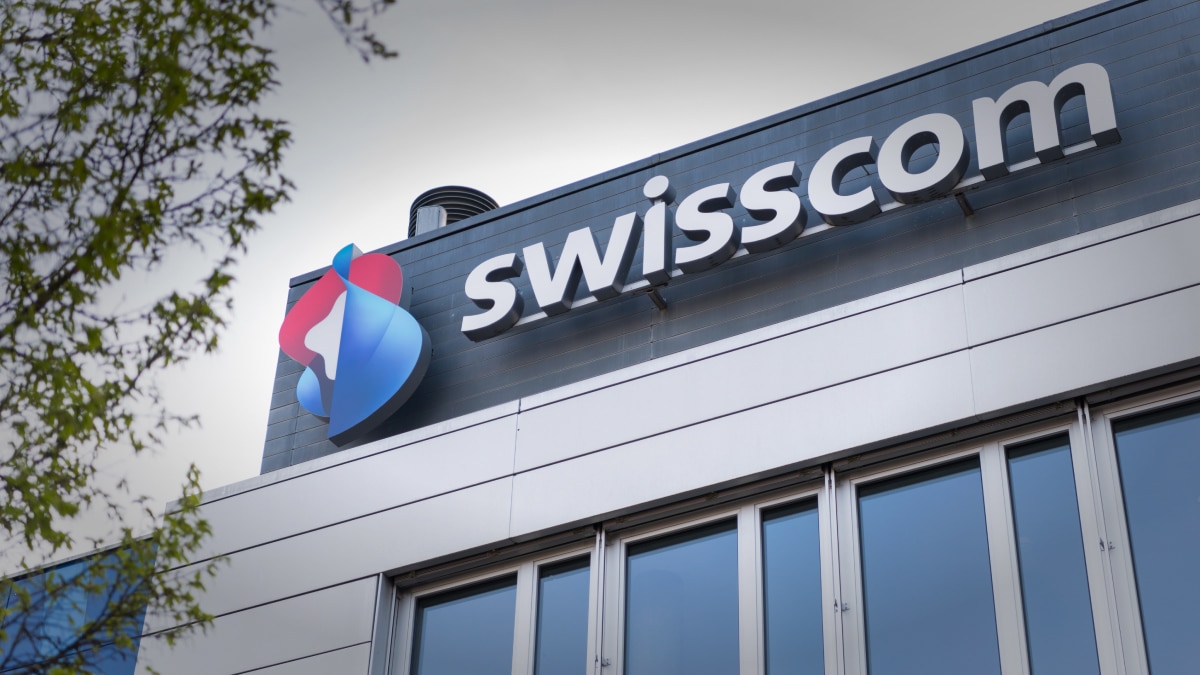
About the Customer
Swisscom is the leading ICT company in Switzerland and, with Fastweb + Vodafone, the strong #2 in the Italian market. The company offers mobile, Internet and TV, as well as comprehensive IT and digital services to private and business customers. Swisscom is the most sustainable telecommunications company in the world and is 51% owned by the Swiss Confederation. It's recognized for its excellent network infrastructure and commitment to sustainability, consistently ranking highly in global sustainability assessments. Swisscom emphasizes innovation and secure digital solutions, playing a key role in Switzerland's digital transformation. For more information visit swisscom.ch.
Case Study Profile
- Industry:
Telecommunications - Challenges:
Improve server performance for the Ericsson cloud infrastructure hosting Ericsson and third-party applications - Solution:
Deploy Dell PowerEdge R7615 servers powered by 64-core 4th Gen AMD EPYC™ 9554P processors with 768GB of RAM - Results:
24 percent reduction in power consumption for 3,000 compute nodes, and 116 vCPUs per server versus 68, consuming 55% fewer Watts per vCPU, enabling third-party applications with VM overcommit on Ericsson platform - AMD Technology at a Glance:
64-core 4th Gen AMD EPYC™ 9554P processors - Technology Partners:




